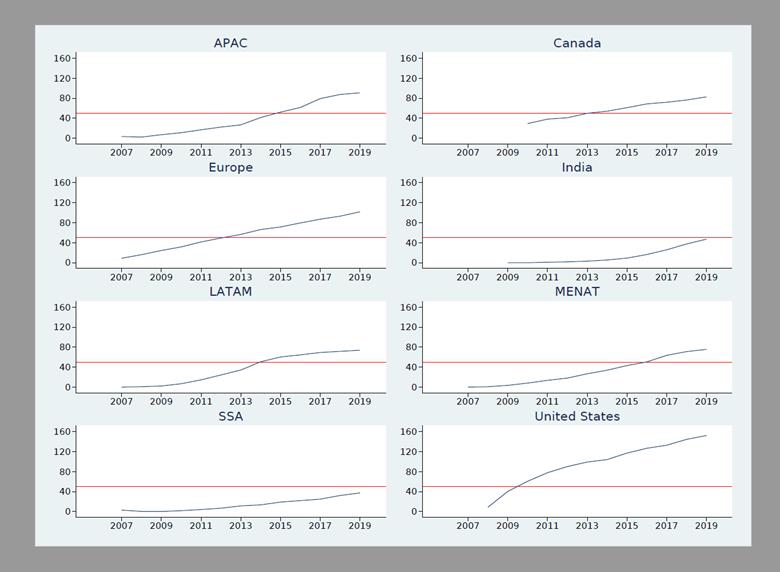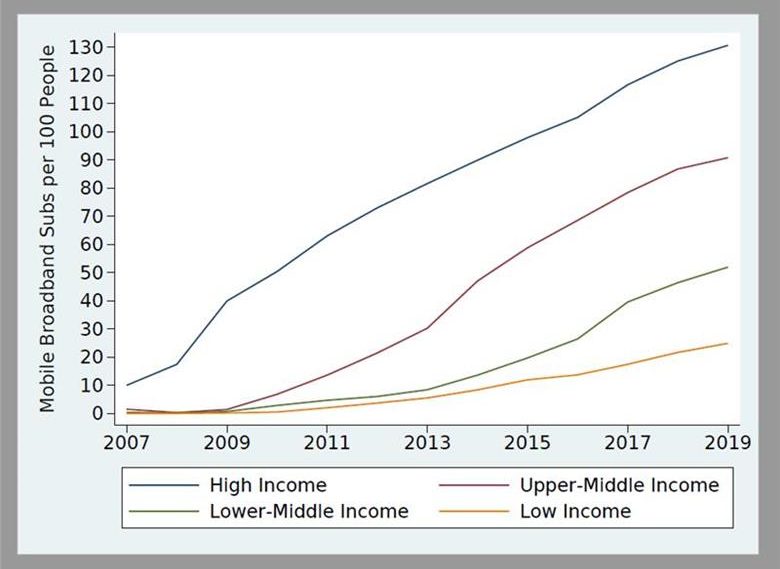
READ MORE: The Potential Global Economic Impact of the Metaverse (Analysis Group)
The metaverse could add $3 trillion to global GDP in a decade if it tracks in similar ways to growth in the mobile industry, according to experts at economics consulting firm Analysis Group.
Estimating the economic impact of the metaverse presents substantial challenges, including the fact that it doesn’t exist yet.
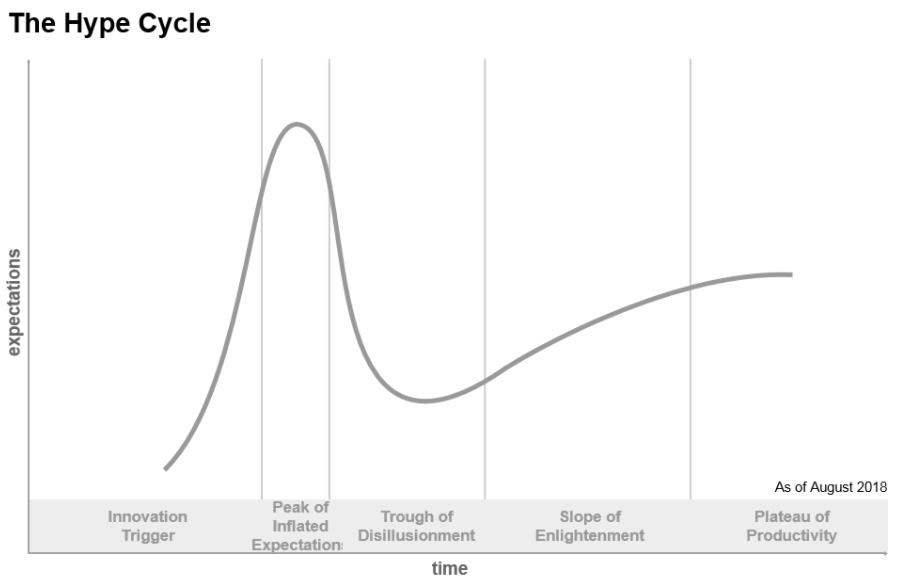
That hasn’t stopped the analysts from taking a stab at it by modelling their calculations on the mobile communications market.
In the Analysis Group’s report, “The Potential Global Economic Impact of the Metaverse,” the main finding is that if the metaverse were to be adopted and grow in a similar way as mobile technology, then we can expect it to be associated with a 2.8% ($3 trillion) contribution to global GDP after 10 years.
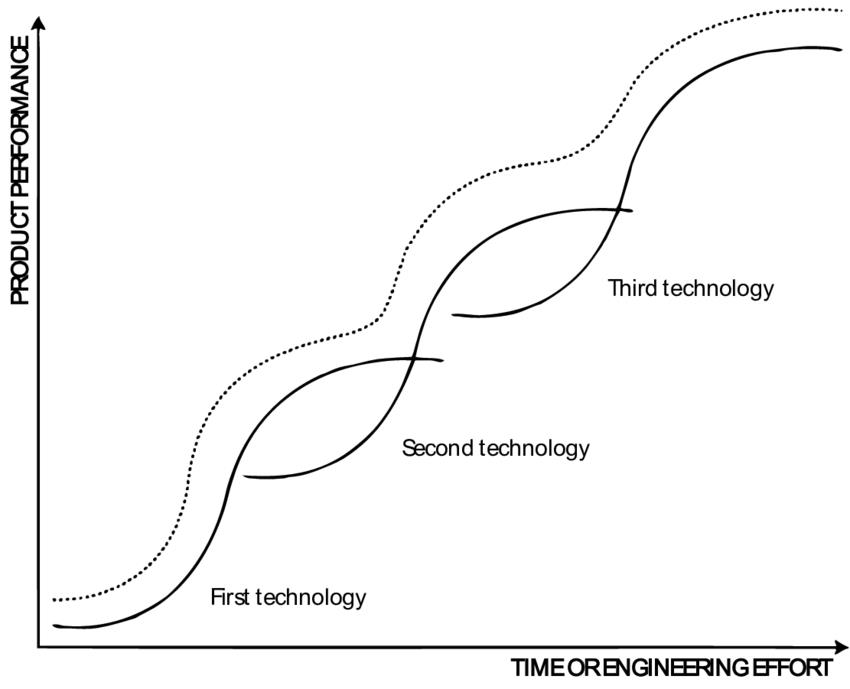
“Put simply, there is no metaverse to measure as of today,” the analysts caveat. “Yet, rather than wait for some point in the future, we can apply existing tools and data from related sectors, technologies, and consumer behavior.”
Analysis Group explained that they set out to learn from the adoption process and economic impact of an existing technology to draw inferences about the potential adoption process and economic impact of the metaverse.
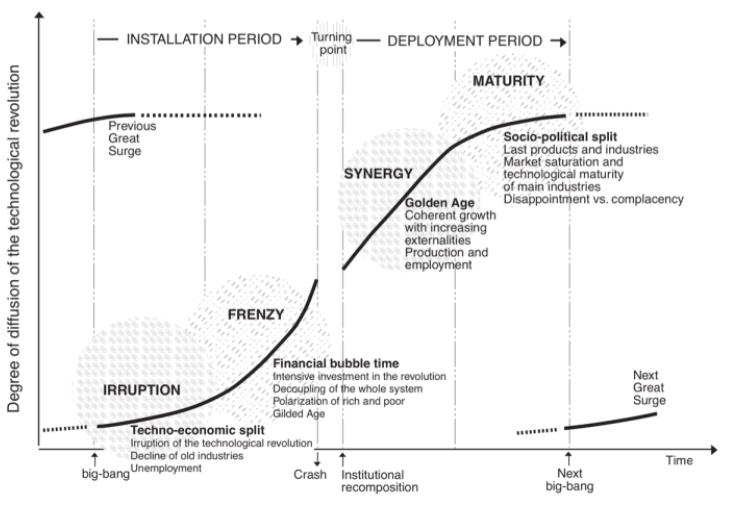
Mobile tech is particularly well suited for a number of reasons, they outline.
“The way mobile technology combined existing technologies such as phones, the Internet, cameras, and mp3 players and evolved to change how we use the Internet is reminiscent of the path the metaverse appears poised to follow.”
NAVIGATING THE METAVERSE:
The metaverse may be a wild frontier, but here at NAB Amplify we’ve got you covered! Hand-selected from our archives, here are some of the essential insights you’ll need to expand your knowledge base and confidently explore the new horizons ahead:
- What Is the Metaverse and Why Should You Care?
- Avatar to Web3: An A-Z Compendium of the Metaverse
- The Metaverse is Coming To Get You. Is That a Bad Thing?
- Don’t Expect the Metaverse to Happen Overnight
- A Framework for the Metaverse from Hardware to Hollywood and Everything in Between
Combining these existing technologies into a single mobile device fundamentally altered how we connect with the Internet by overcoming limitations of geography. Existing conceptions of the metaverse “have a similar flavor of combining existing technologies, such as AR/VR, videoconferencing, multi-player gaming, and digital currency, and turning them into something new.”
The analysts’ extrapolation doesn’t stop there.
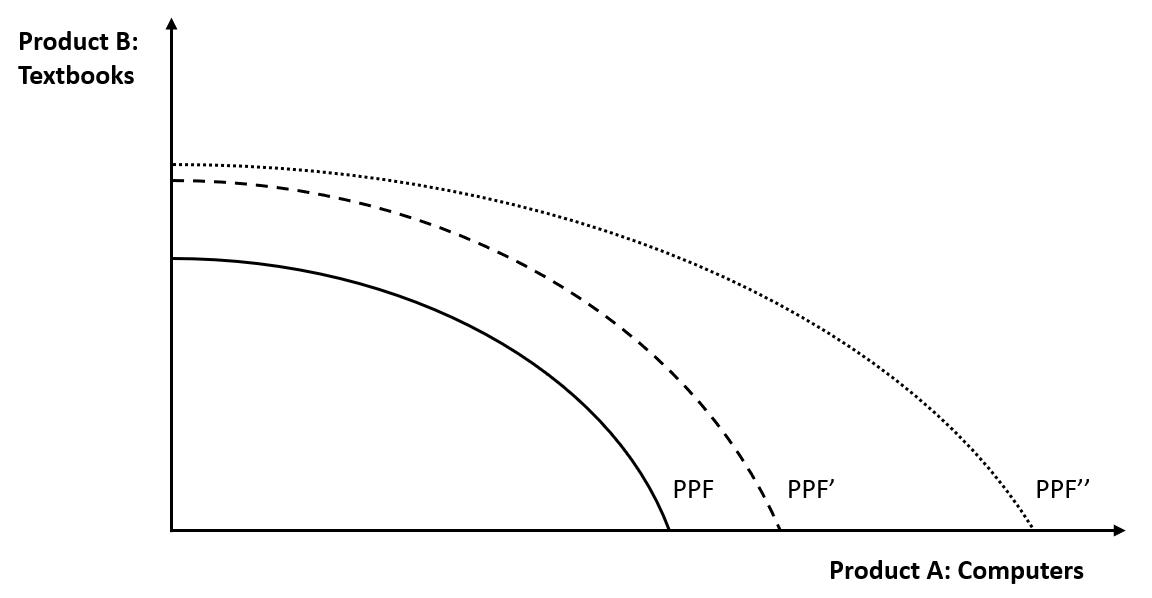
They continue to draw on data about the estimated impact today of mobile technology on global GDP. The report notes that the mobile technology sector directly employed about 12 million people globally — and another 13 million people in adjacent industries in 2020.
“By increasing access to information, mobile technology has reduced price dispersion of agricultural goods and increased welfare in developing countries,” they state. “Mobile technology has also increased financial inclusion in certain African countries,” the analysts repeat.
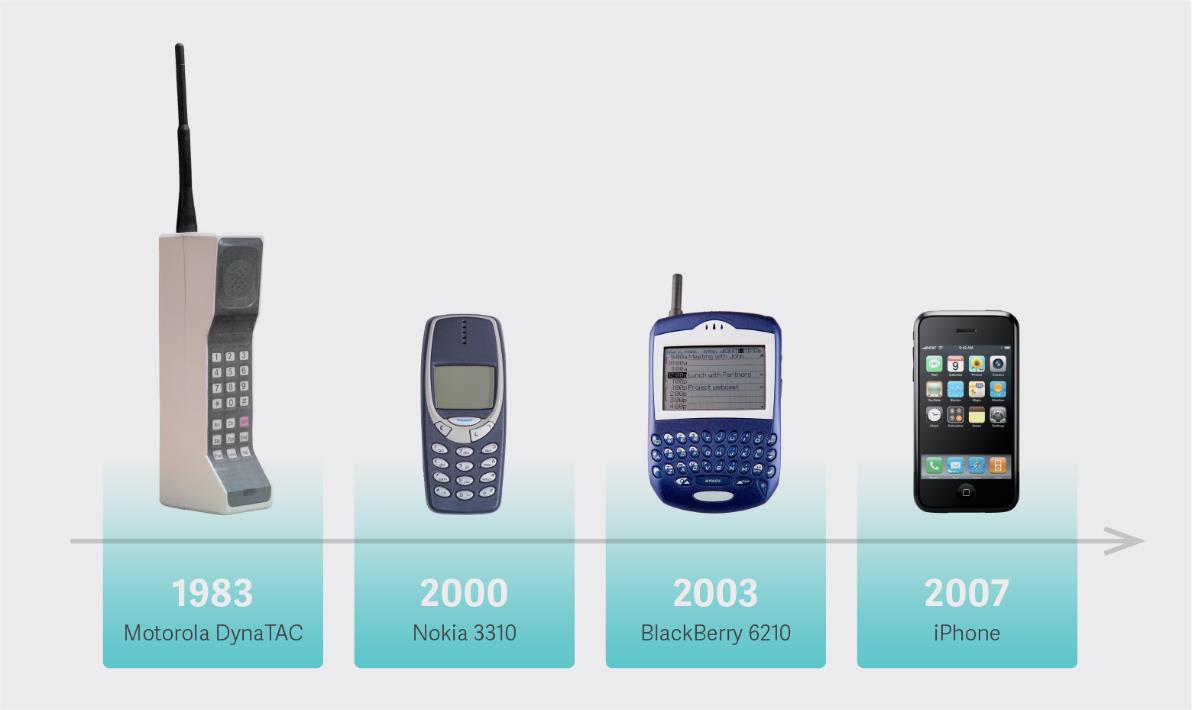
The concluding figure of $3.01 trillion (measured in 2015 US dollars) by 2031 is at the conservative end range of existing industry projections about the metaverse’s economic effect. These range from $800 billion to $2 trillion over the next few years for near-term impacts on gaming, social media, ecommerce, and live entertainment — and longer-term estimates which range from approximately $3 trillion to over $80 trillion.


